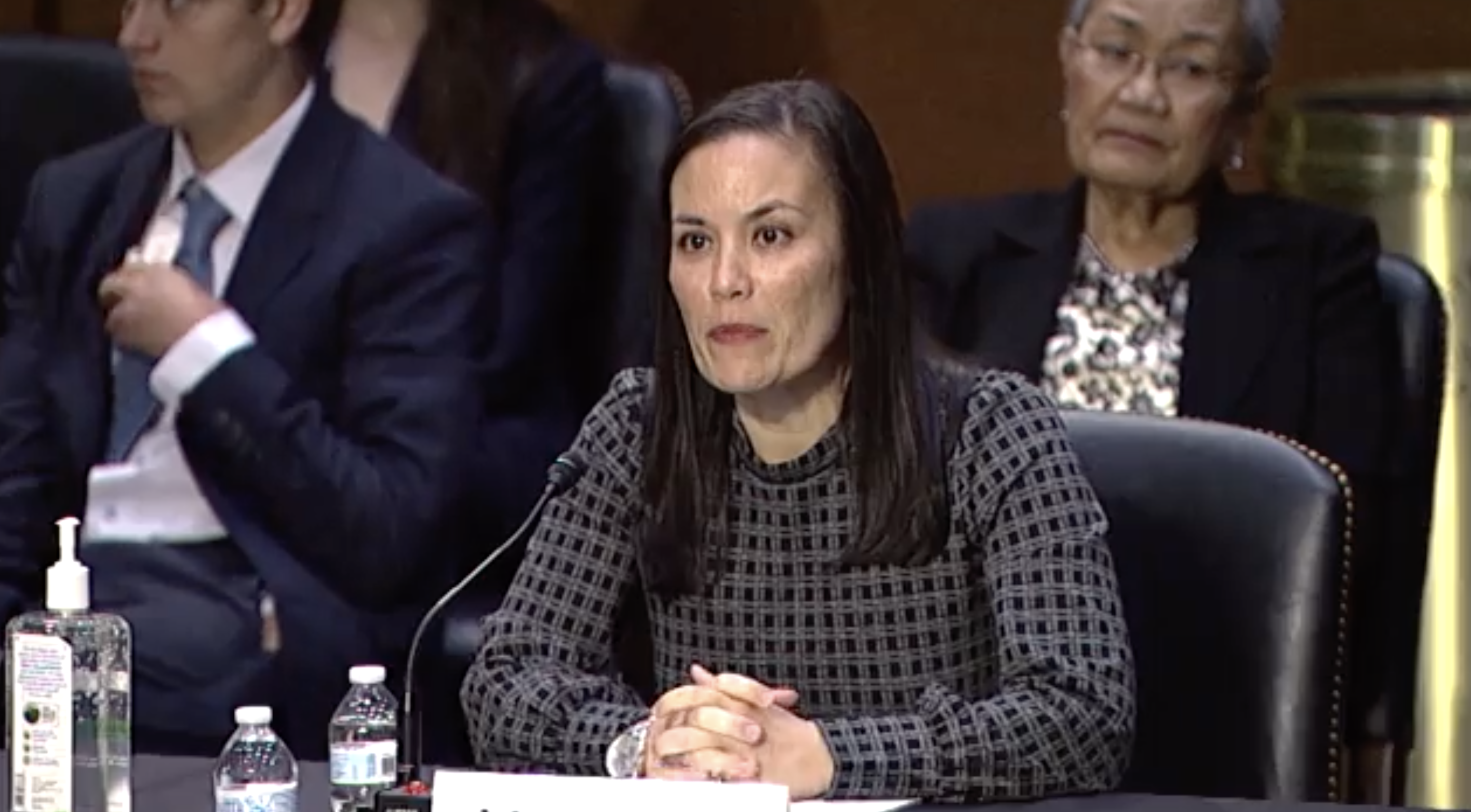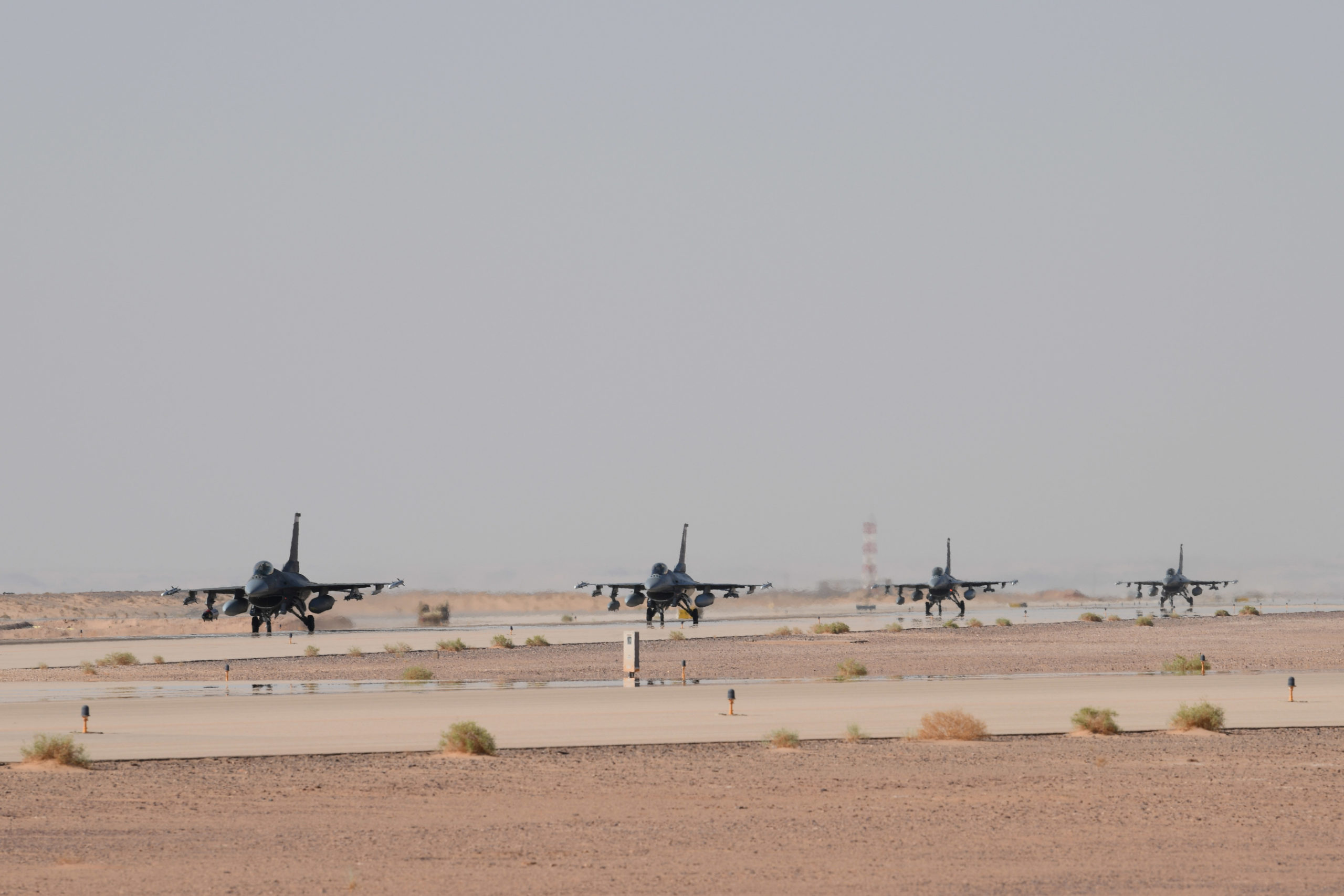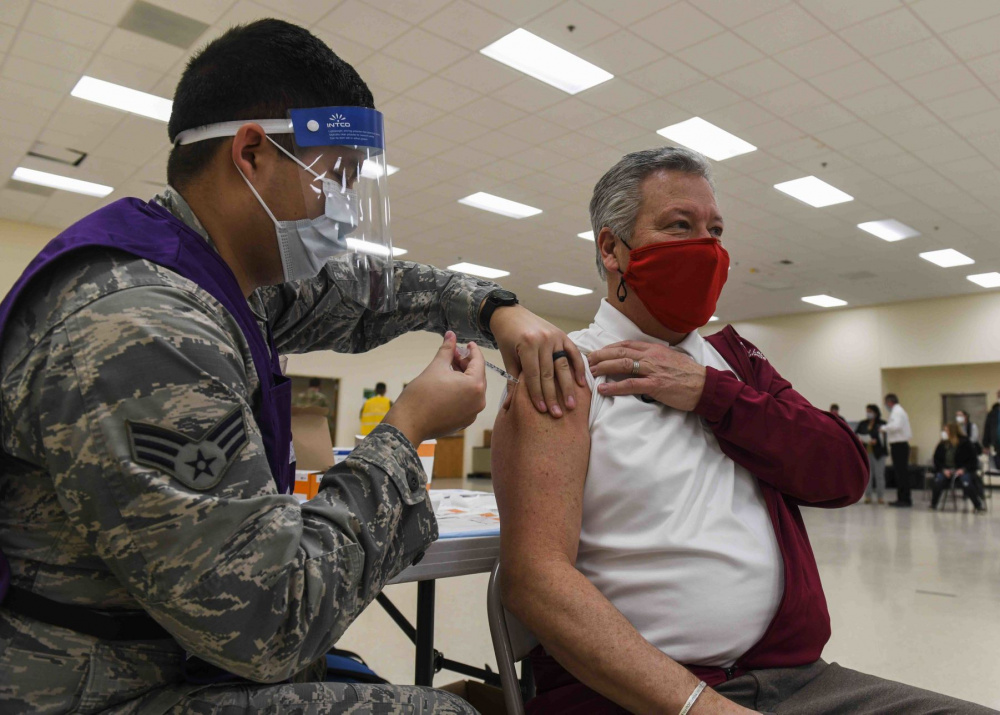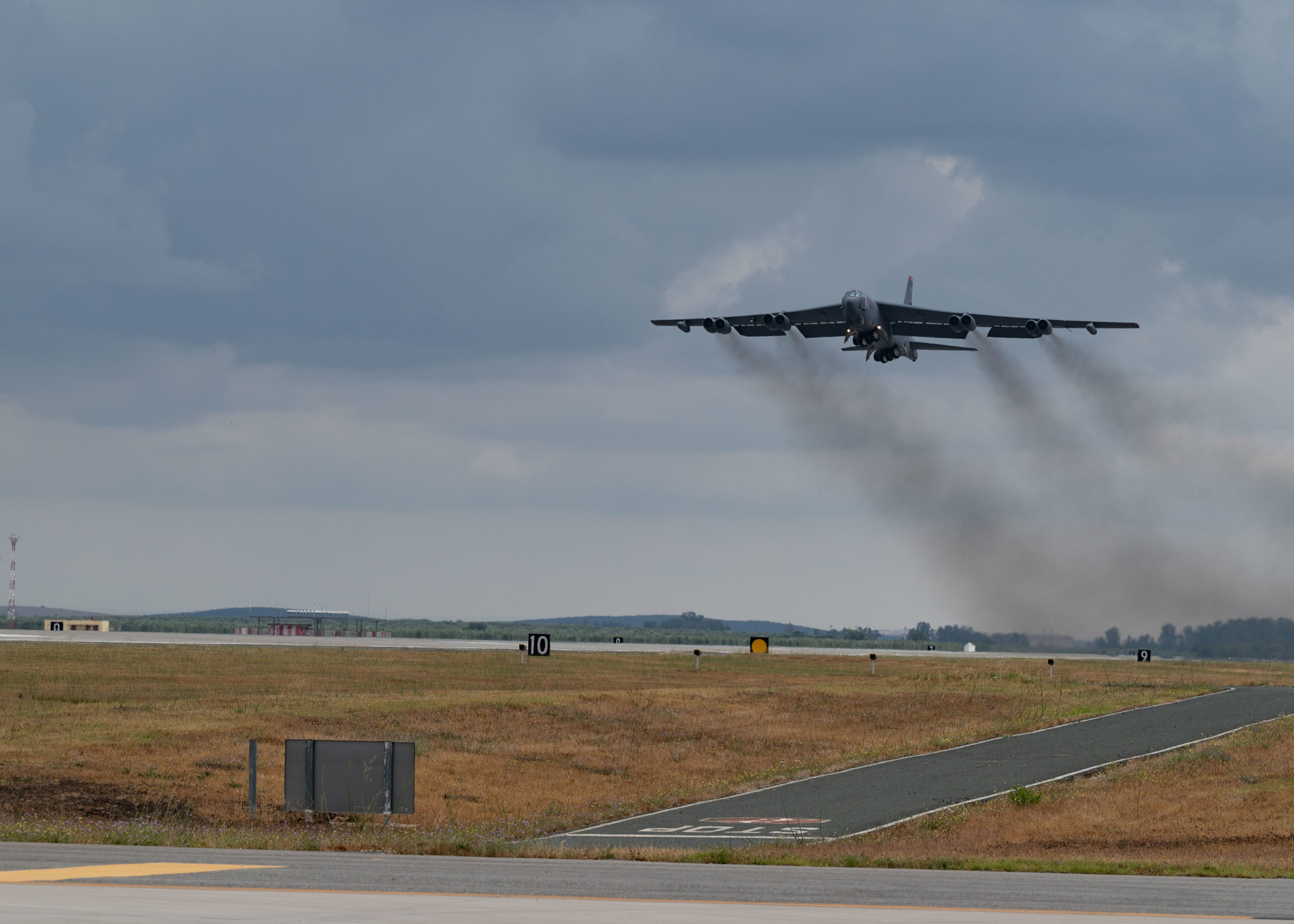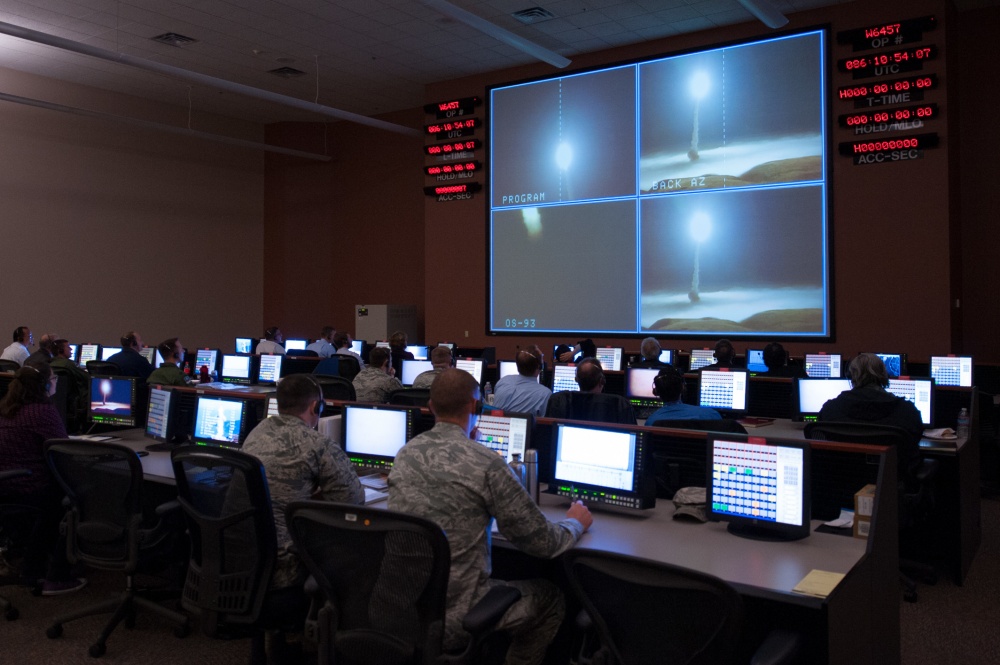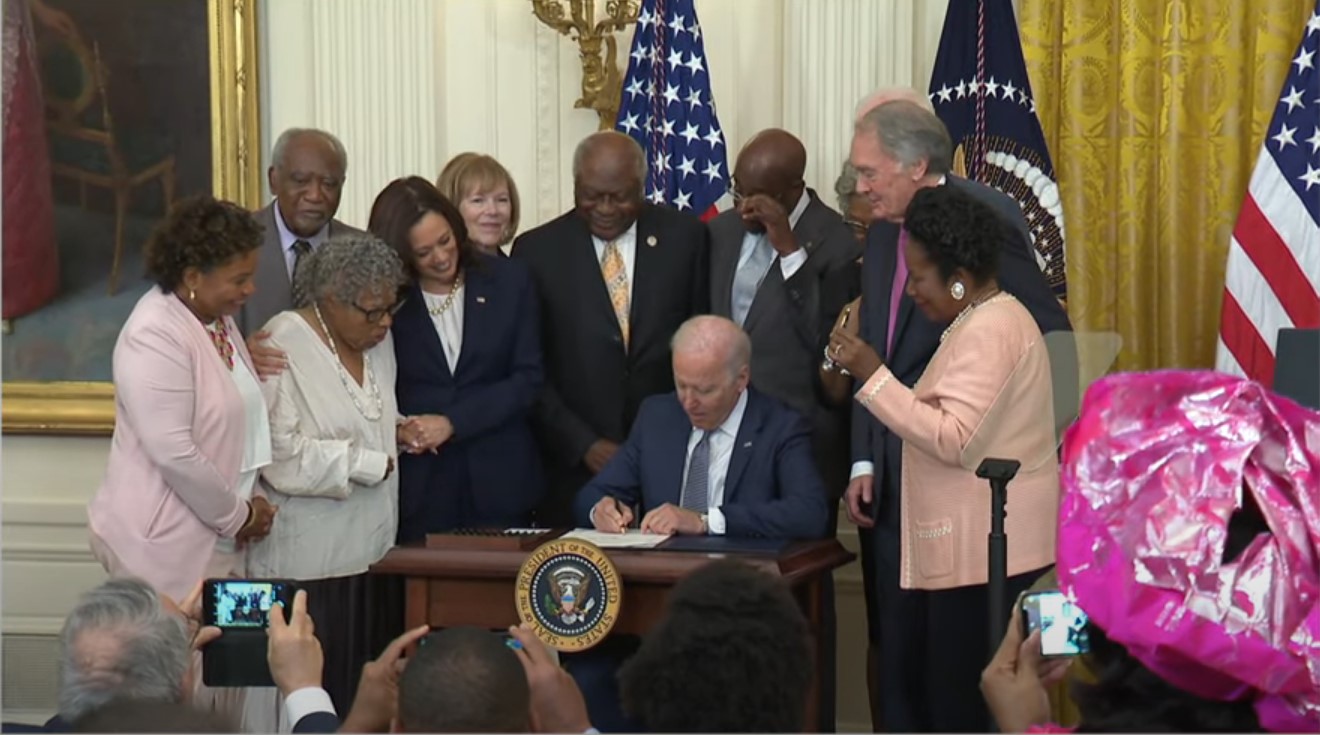The Senate Armed Services Committee advanced the nomination of Gina Ortiz Jones to become undersecretary of the Air Force on June 22, setting her up for a confirmation vote on the Senate floor in the coming weeks.
Jones’ approval comes three weeks after Frank Kendall III was advanced by the same committee for the position of Secretary of the Air Force. No floor vote has been announced for either Kendall or Jones.
In keeping with the Biden administration’s effort to appoint leaders who “look like America,” Jones would be the first openly gay person of color to hold the undersecretary position. She is of Filipino descent. She would also be the sixth woman confirmed to the job.
During her confirmation hearing, Jones cited the example of her uncle, who joined the Navy as a steward, one of the only positions available to Filipinos at the time, and eventually rose to become a gas turbine electrician.
“My own service started with a four-year Air Force ROTC scholarship that took me from San Antonio, Texas, to Boston University. I was honored to wear our Nation’s cloth. However, similar to my uncle’s limited career opportunities because of his ethnicity, my experience in the Air Force was hindered by the ‘Don’t Ask, Don’t Tell’ policy,” Jones said in her opening statement. “Yet I, too, remained undeterred because of my desire to serve our country. That experience cemented my resolve to ensure anyone ready and able to serve can do so to their full potential, and accordingly, our country’s fullest potential.”
Jones served in the Air Force three years as an intelligence officer, deploying to Iraq and reaching the rank of captain. She also received a master’s from the Army Command and General Staff College.
She later worked as a civilian for U.S. Africa Command and the Defense Intelligence Agency, where she specialized in Latin American affairs.
In late 2016, Jones joined the office of the U.S. Trade Representative and stayed on into the Trump administration. She left in 2017 to run for Congress, challenging Republican William Hurd in Texas’s 23rd district. She narrowly lost and ran again in 2019, but did not win the Democratic primary.
Jones was one of five civilian nominations that were advanced by SASC on June 22, the other four being: Caroline D. Krass to be general counsel of the Department of Defense, Ely S. Ratner to be assistant secretary of defense for Indo-Pacific security affairs, Shawn G. Skelly to be assistant secretary of defense for readiness, and Meredith A. Berger to be assistant secretary of the Navy for energy, installations, and environment.
The acting undersecretary for the Air Force is Anthony P. Reardon, who has served in the role since February. Reardon previously worked as administrative assistant to the Secretary.
